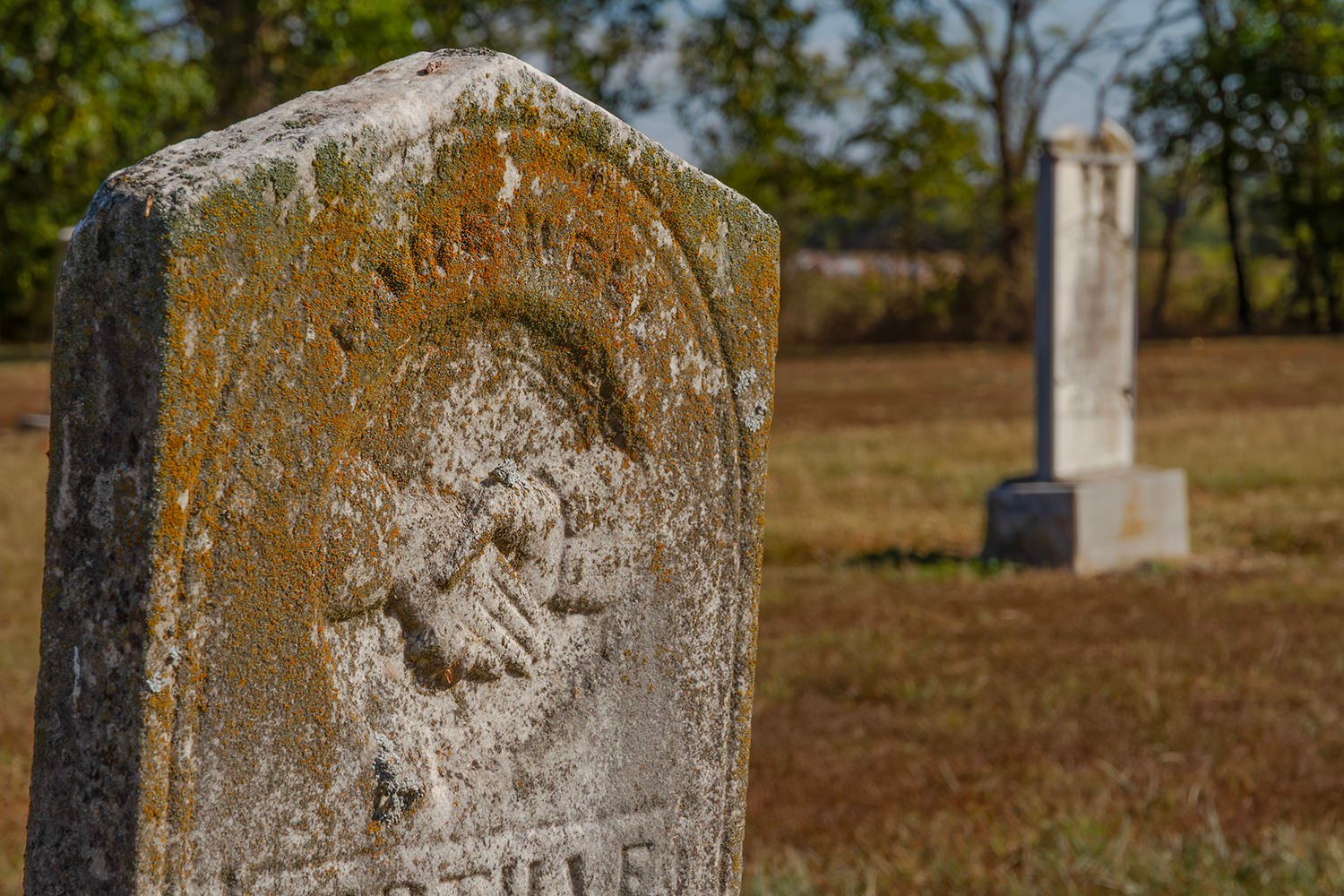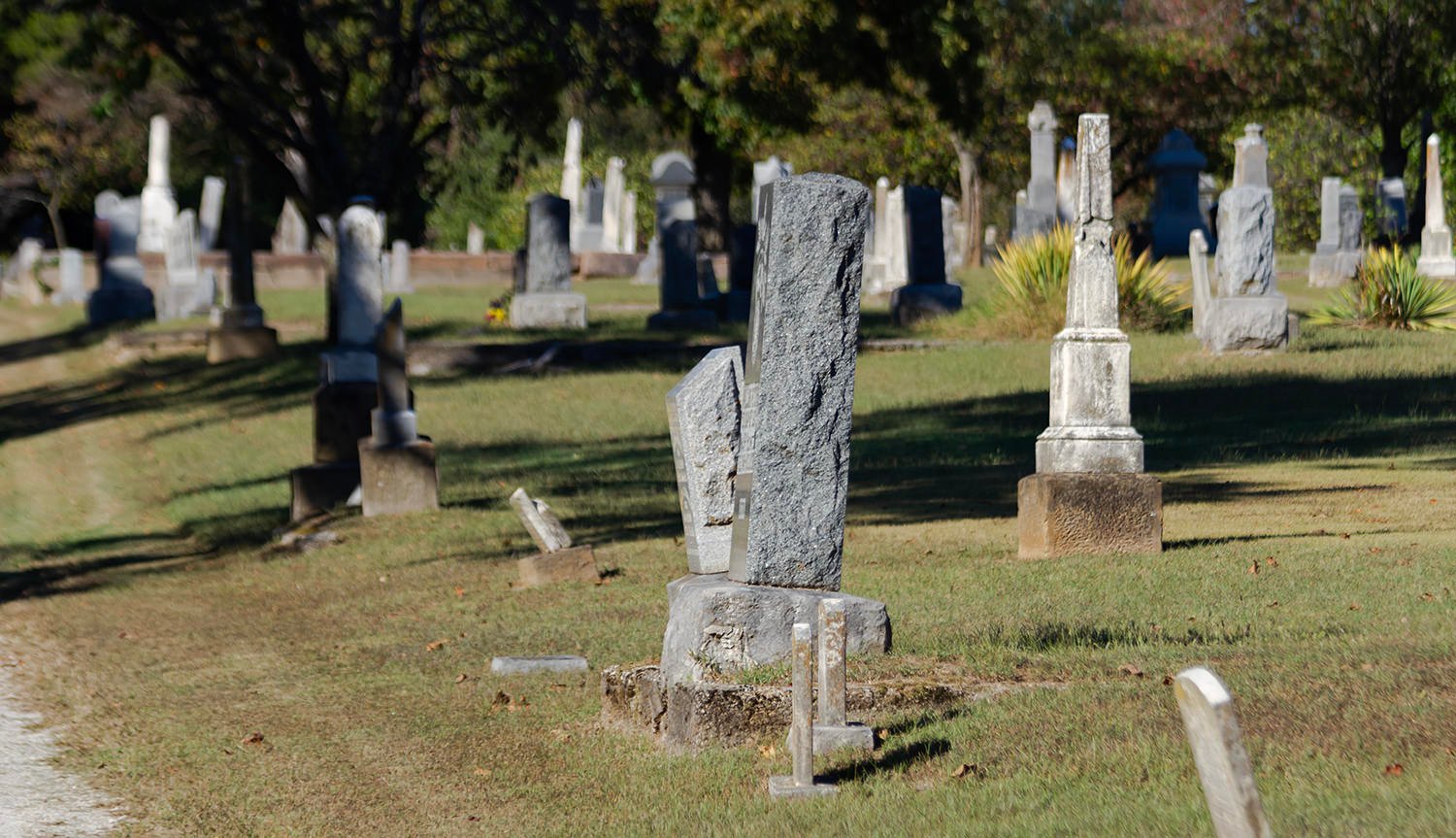

by Michael Coonrod

Autumn brings shorter days, relief from summer’s oppressive heat and the opportunity for evenings around a bonfire with friends. It seems only natural that this would lead to telling ghost stories by firelight.
“Git up, old stiff, and have a snifter!”
Those familiar with Vance Randolph and his book, “Ozark Magic and Folklore” will recognize this line from one of the more humorous tales in the Ghost Stories chapter. However, the business discussed was of a much more serious nature.
Dr. Jeffrey Smith, emeritus professor of history at Lindenwood University in St. Charles, says the emergence of medical schools created an unexpected demand – a supply of cadavers for students to study. Smith is currently writing a book on the topic.
“One of the chapters I have has to do with the emergence of a grave robbing industry to support the professionalization of medical training,” Smith says. “Until the very early nineteenth century, by and large, medical training was book learning and experience.
“When you start seeing professional medical schools and they start using human dissection as a way of understanding how the inside of the body works. It means you need more ‘school supplies.’ It means you need a growing number of cadavers for this.”
The grisly trade arose because of the law of supply and demand. Smith says states were creating ways for medical schools to obtain the materials students needed. Procuring unclaimed bodies from hospitals, asylums and the remains of executed prisoners were accepted methods but still didn’t meet the schools’ needs.
“So that’s where you start getting these graverobbers to fill that demand,” says Smith. “Those cadavers have to come from somewhere, and one of the places they come from is from people who are making a business out of acquiring… and selling them.
“Railroads help with this, because with railroads, you can ship things much farther, much faster, particularly those things that are, fungible, shall we say? Those things that have a limited shelf life.”
This also means the crime was more common to metropolitan areas since time was a factor in delivering a viable specimen.
While the Paris morgue adopted one of the early mortuary refrigeration systems in 1882, it wouldn’t come into common use for more than 50 years.
Since most burials were conducted within 24 hours of death, embalming wasn’t a common practice.
Smith says the American Civil War introduced the concept of embalming to many. “You have some people who are paying to have remains of a relative, generally it’s officers, sent back home. And the other thing that popularizes it is the death and funeral train of Abraham Lincoln.”
Embalming sounded the death knell of body snatching as a business.
The legal standing of a corpse further complicates the issue.
“A dead body doesn’t belong to anyone in the eyes of the law, therefore, when you take one, it’s not theft,” Smith says.
“What these guys will do, these ‘resurrectionists,’ if you will, is when they dig up a body, they leave everything behind: casket, clothing, jewelry, everything. If I’m a graverobber and I take a body’s underwear, now it’s theft, but the body, by law, doesn’t belong to anyone, so that becomes part of it.”
Smith cites the case of one well-known “vault cleaner.”
“This Ernst Doepke guy, here in St. Louis, that’s where he gets into trouble. He steals a body, and this is a rookie mistake, I think Doepke just got greedy. He digs up the body, and he says, ‘hey, this is a rosewood coffin. I could get some serious money for that. I’m gonna take it, too.’”
Doepke is charged not with grave robbing, a misdemeanor, but grand larceny because of the value of the casket.
“Ultimately, what happens is the whole case hinges on whether or not a used coffin has monetary value,” says Smith. “Once it’s been in the ground, will someone pay to use it again?”
Randolph dedicates an entire chapter of Ozark Magic and Folklore to death and burial customs. He writes, “The hillfolk have a veritable mania for washing dead bodies… A man may be dirty all his life… but he goes to the grave clean.” All burial preparation is performed by friends and neighbors; no family are involved.
Careful attention to the smallest details in preparing someone for burial makes it easy to see why people would be horrified by the notion of a loved one’s remains being disturbed.

One method to combat the potential stealing of bodies in urban areas was having a cemetery with a superintendent on the grounds for security.
In the event of delayed burial, due to weather conditions or awaiting construction of a mausoleum, the deceased could be placed in a “receiving tomb.” The body of the departed could be kept here until it wouldn’t have any value to the resurrection men. Others would simply return to the graveyard to check on the recently filled grave.
Some families surrounded their burial plot with decorative fencing which was said to ward off the body snatchers.
““I don’t buy it. Number one, those little fences aren’t going to keep anybody out,” says Smith. “Number two, one of the reasons those fences were popular is because… there’s a changing view in the nineteenth century about what Heaven is like, and they increasingly start treating these cemetery plots as reflective of home.”
Smith says the movement to use stone vaults was a deterrent to would-be resurrectionists.
In a more practical vein, the vaults also made it much easier for groundskeepers as they didn’t decay and sink like a wooden casket.
Mike Coonrod, originally from Bronaugh, lives in Webb City and is a farmers market regular.
